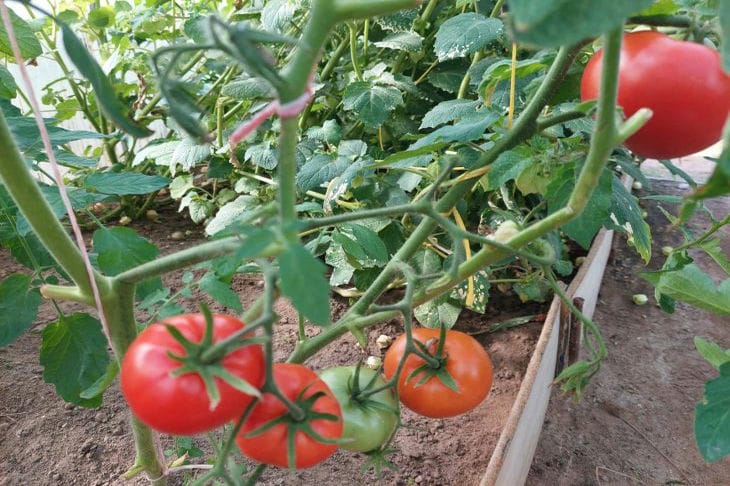Every gardener dreams of a rich harvest of tasty and juicy tomatoes.
But what to do if the leaves on the plants start to curl?
This is a clear sign that something is wrong with the tomatoes. It is important to understand the causes of the problem and take the necessary measures to save the harvest, says Anastasia Kovrizhnykh .
Lack or excess of moisture
One of the most common reasons for leaf curling is improper watering.
Both lack and excess moisture can lead to stress in plants and deformation of leaves. It is important to follow the watering regime, taking into account weather conditions and soil type.

Nutrient deficiency
Another aspect is the deficiency of certain nutrients. For example, a lack of phosphorus can cause the leaves to curl downwards, while a deficiency of potassium can cause the edges of the leaves to curl.
Regular fertilizing with complex mineral fertilizers will help solve this problem.
Pests and diseases
Leaf curling can also be a symptom of plant damage by pests or diseases.
For example, aphids, whiteflies or spider mites can cause leaf deformation and plant growth retardation. It is important to detect pests in a timely manner and take measures to destroy them.
Violation of temperature conditions
Sudden changes in temperature, especially in greenhouses, can cause stress in tomatoes and curling of leaves.
Try to maintain a stable temperature and avoid drafts.
Conclusion
Curling tomato leaves is a signal that the plants need help.
Keep a close eye on your tomatoes, analyze possible causes of the problem and take the necessary measures.
Proper care, timely watering, fertilizing and protection from pests and diseases will help you grow healthy plants and get a bountiful harvest.
Earlier we talked about which plants in the garden you need to get rid of immediately.









